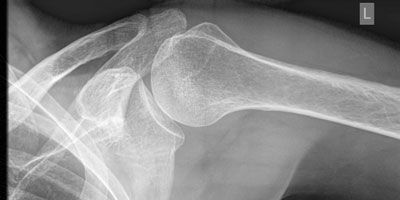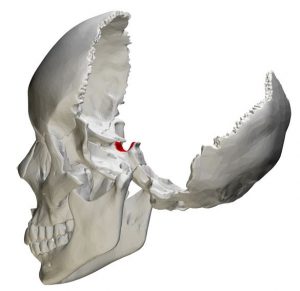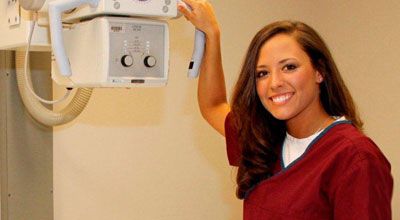Reject Analysis in Radiography and Its Importance for X-ray Techs

Repeat imaging is associated with unnecessary radiation exposure of both patients and staff as well as an increase in operational costs. A basic component of the quality assurance program at medical facilities is reject analysis in radiography. This periodic evaluation helps determine the cause for repeat exposures.





